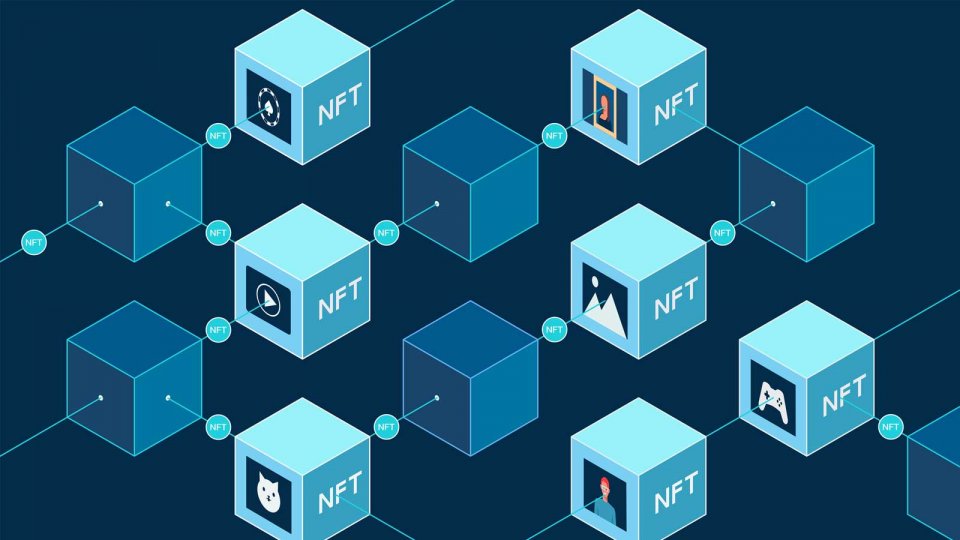Blockchain technology has gained significant attention and momentum over the past decade, promising to revolutionize various industries with its secure, transparent, and decentralized nature. Originally conceived as the underlying technology for Bitcoin, blockchain has since found applications in finance, supply chain management, healthcare, and more. This blog aims to provide an introduction to blockchain, explaining its key concepts, components, and potential applications.
What is Blockchain?
At its core, a blockchain is a distributed ledger that records transactions across multiple computers in such a way that the registered transactions cannot be altered retroactively. This ensures data integrity and security without the need for a central authority. Each block in the blockchain contains a list of transactions and is linked to the previous block through cryptographic hashes, forming a chain of blocks—hence the name “blockchain.”
Key Concepts
1. Distributed Ledger Technology (DLT)
A distributed ledger is a database that is consensually shared and synchronized across multiple sites, institutions, or geographies. Unlike traditional databases, there is no central administrator. Each participant in the network has access to the complete ledger and verifies transactions independently.
2. Cryptographic Hashing
A cryptographic hash function takes an input (or ‘message’) and returns a fixed-size string of bytes. The output is typically a ‘digest’ that is unique to each unique input. In blockchain, hashing ensures data integrity by producing a unique identifier for each block based on its content.
3. Consensus Mechanisms
Consensus mechanisms are protocols that ensure all nodes in a blockchain network agree on the validity of transactions. Popular consensus mechanisms include Proof of Work (PoW), used by Bitcoin, and Proof of Stake (PoS), used by Ethereum 2.0 and other cryptocurrencies.
4. Smart Contracts
Smart contracts are self-executing contracts with the terms of the agreement directly written into code. They automatically execute and enforce the terms of a contract when predefined conditions are met, reducing the need for intermediaries and increasing transaction efficiency.
How Does Blockchain Work?
Transaction Initiation: A user initiates a transaction by creating a digital signature using their private key. The transaction is then broadcast to the network.
Transaction Validation: Network nodes, also known as miners or validators, verify the transaction’s validity based on predefined criteria (e.g., checking the user’s balance).
Block Formation: Valid transactions are grouped together into a block. Each block contains a unique hash of the previous block, ensuring the chain’s integrity.
Consensus Achievement: The block is added to the blockchain once the network reaches a consensus. For example, in PoW, miners compete to solve a complex mathematical problem, and the first to solve it gets to add the block and receive a reward.
Block Addition: The new block is added to the blockchain, making the transaction history immutable and transparent.
Applications of Blockchain
Cryptocurrencies: Blockchain’s first and most well-known application is in cryptocurrencies like Bitcoin and Ethereum. It allows for secure, peer-to-peer transactions without the need for intermediaries.
Supply Chain Management: Blockchain provides transparency and traceability in supply chains, allowing stakeholders to track the origin and journey of products in real-time.
Healthcare: Blockchain can secure patient data, ensuring privacy and interoperability between different healthcare systems.
Finance: Beyond cryptocurrencies, blockchain enables secure and efficient cross-border payments, digital identity verification, and smart contract-based insurance.
Voting: Blockchain-based voting systems offer a tamper-proof way to conduct elections, ensuring transparency and trust in the electoral process.
Challenges and Future Directions
Despite its potential, blockchain technology faces several challenges, including scalability, energy consumption (especially with PoW), and regulatory concerns. However, ongoing research and development are addressing these issues. Innovations such as sharding, layer-2 solutions, and the transition to PoS are promising steps towards more scalable and energy-efficient blockchain networks.
Conclusion
Blockchain technology represents a significant advancement in how we store, verify, and share information securely and transparently. While it is still in its early stages, its potential applications are vast and varied, promising to disrupt traditional industries and create new opportunities for innovation. As we continue to explore and develop this technology, it will be exciting to see how blockchain shapes the future of digital transactions and data management.

